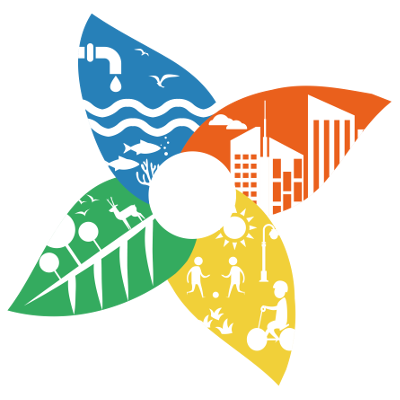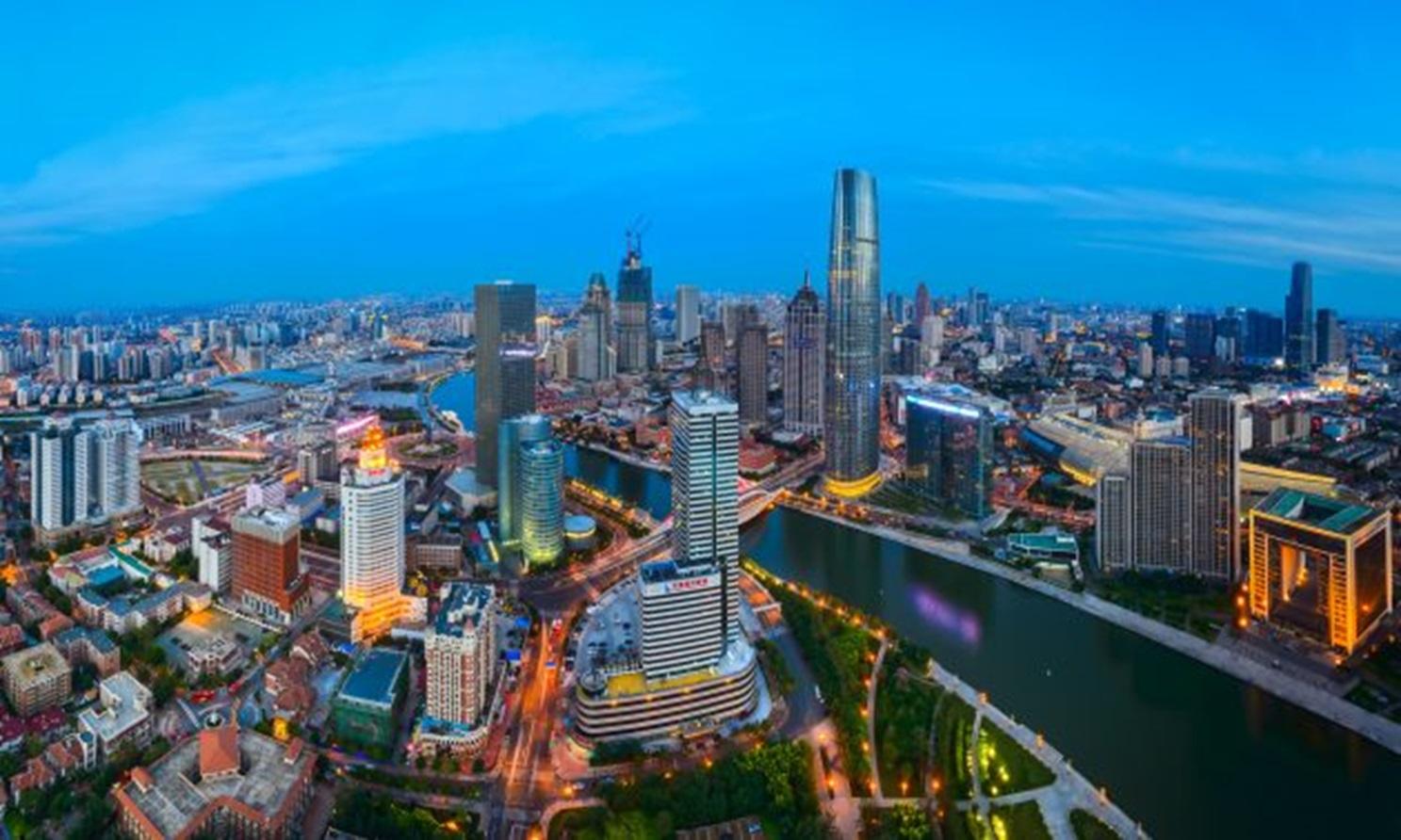Tianjin
Tianjin
Tianjin is a fast-growing industrial and port city in the north coastal region of China, surrounded by the Bohai Sea, Hebei Province, and Beijing City. Tianjin experienced rapid and large scale urbanization as its population quadrupled in 40 years to 15.6 million, resulting in major environmental challenges. Tianjin, literally meaning “the emperor’s ferry”, has played a significant role in the history and development of northern China, and rapidly became the center of foreign trade, industry, and logistics after the adoption of China’s Open Door Policy in 1978. Tianjin is no longer in the shadow of the capital, but is a rising economic powerhouse on its own right. The Tianjin Binhai New Area district is a key industrial region of the country and the maritime gate to northern China, hosting 285 Fortune Global 500 companies, the world’s fourth largest port by throughput tonnage, and producing more than half of Tianjin’s €276.5 billion GDP. Air pollution, traffic congestion, lack of green space, water retention to combat droughts and intense rainfalls, loss of agricultural land and soil organic matter content are considered pressing environmental challenges in the city and Tianjin Binhai New Area. Green space development in Tianjin is generally a by-product of the rapid, large-scale, government-led urbanization and industrialization process.

